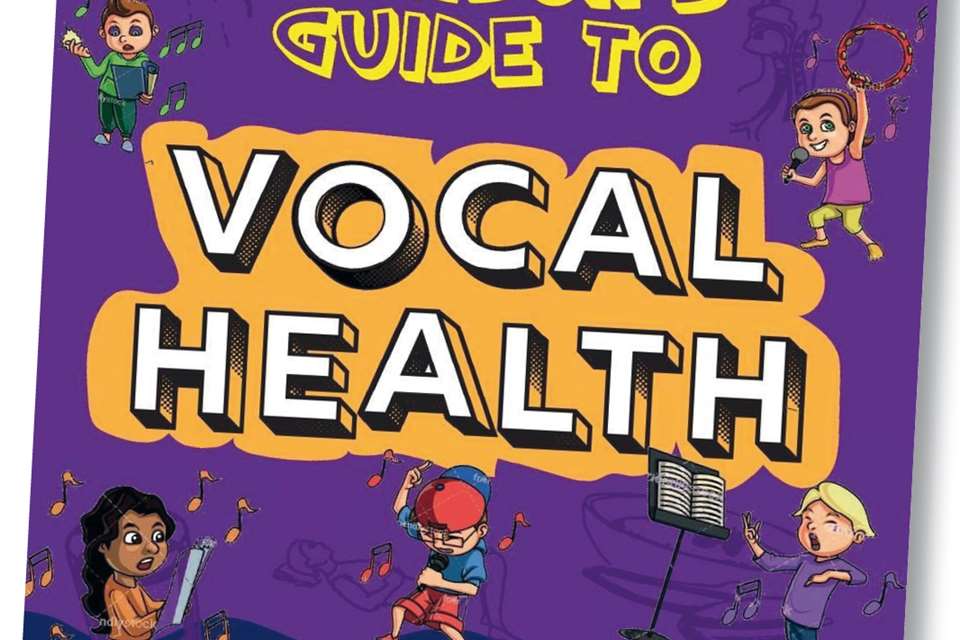Quick tips for teaching deaf children
Emma Hutchinson
Tuesday, August 1, 2023
Launching our new 'quick tips' column, Emma Hutchinson provides us with some advice for teaching music to deaf children.

James Years-Brown
In groups
- Be visible. Place the deaf child as near to you as respectfully possible, but not at the front of the class. The child should be able to take visible cues from their peers. Give yourself the space to be gesturally expressive.
- Check the acoustics. Switch off any background whirring sounds (which impair sound quality and upset digital hearing). If you are in a high-ceilinged room, explore options for dampening the acoustics with fabric. Keep players in instrumental groups closer together, to bind different frequencies.
- Think diction. Avoid covering your face. Keep your diction steady, short and relevant, and annunciate clearly to the end of each word. Avoid shouting and whispering, which distort sounds and visible clues.
- Be emotionally expressive. Emotion tells a bigger story than words ever can. Within the context of your lesson, express if you are disappointed, happy or sad. If the deaf child is unresponsive, repeat with clarity and expression to the group – not just the child.
- Communicate. Collate relevant information about the child's deafness and ensure that the class is aware of this, including the child's typical body language (a twitch or bite of the lip often reveals more than words).
On an instrument
- Model, model, model! Show your deaf pupil the way visibly, vocally and expressively, clearly and slowly, repeating if necessary. Describe by doing but remember to vocalise, too! Relate what you do and say directly to your musical focus without over-embellishing.
- Be tactile with the instrument. Be physically expressive and encourage your pupil to do the same, to help make learning music more meaningful. Allow proper time and space to understand how the instrument works and sounds.
- Think sound waves. Take your shoes off; the floor connects the body, sound and instrument in a musical free-flow. Encourage your pupil to touch your instrument while you play, as the vibrations are alive and will make sense. Learning is as much about listening as playing.
- Use bite-sized chunks. Divide the lesson into miniature modules, each with a clear instrumental/musical focus. Ask music-related questions without waffling, and encourage verbal and physical responses.
- Be informed. Read about deafness. Like music, deafness harnesses a free spirit and typecasting is impossible. Be brave: ask the child's key adult about the deafness; they will be glad you are interested. Make mistakes, put your foot in it, and acknowledge this with grace, humour and professionalism. You are the teacher and your pupil wants to learn.
Further reading
- matd.org.uk
- ndcs.org.uk/information-and-support/professionals/activities/musicletslistenandtalk.org
- elizabeth-foundation.org/services/online
Have you ‘quick tips’ on an area of teaching you'd like to share? Please email the editor at music.teacher@markallengroup.com









